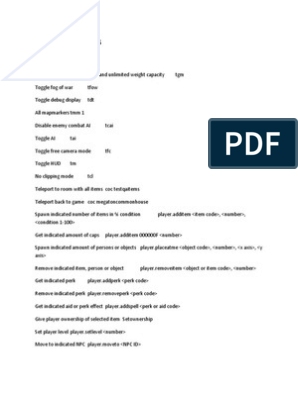0% found this document useful (0 votes)
436 views26 pagesBSNL Presentation
The document provides an overview of Bharat Sanchar Nigam Limited (BSNL), India's state-owned telecommunications company. It summarizes that BSNL has over 68 million customers, the largest telecom network in India reaching rural areas, and has achieved strong financial performance in recent years with billions in revenue and profit though debtors remain high. BSNL plays a key role in India's telecom growth providing widespread access.
Uploaded by
Bharat MannamCopyright
© Attribution Non-Commercial (BY-NC)
We take content rights seriously. If you suspect this is your content, claim it here.
Available Formats
Download as PPT, PDF, TXT or read online on Scribd
0% found this document useful (0 votes)
436 views26 pagesBSNL Presentation
The document provides an overview of Bharat Sanchar Nigam Limited (BSNL), India's state-owned telecommunications company. It summarizes that BSNL has over 68 million customers, the largest telecom network in India reaching rural areas, and has achieved strong financial performance in recent years with billions in revenue and profit though debtors remain high. BSNL plays a key role in India's telecom growth providing widespread access.
Uploaded by
Bharat MannamCopyright
© Attribution Non-Commercial (BY-NC)
We take content rights seriously. If you suspect this is your content, claim it here.
Available Formats
Download as PPT, PDF, TXT or read online on Scribd
/ 26

















































































